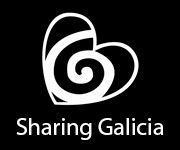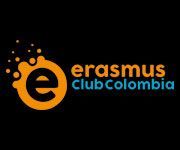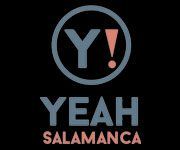Join us on an unforgettable trip to Vitoria, the charming capital of the Basque Country, and experience the breathtaking Salto del Nervión, the tallest waterfall in Spain!
TRIP TO SALTO DEL NERVIÓN AND VITORIA
VITORIA-GASTEIZ
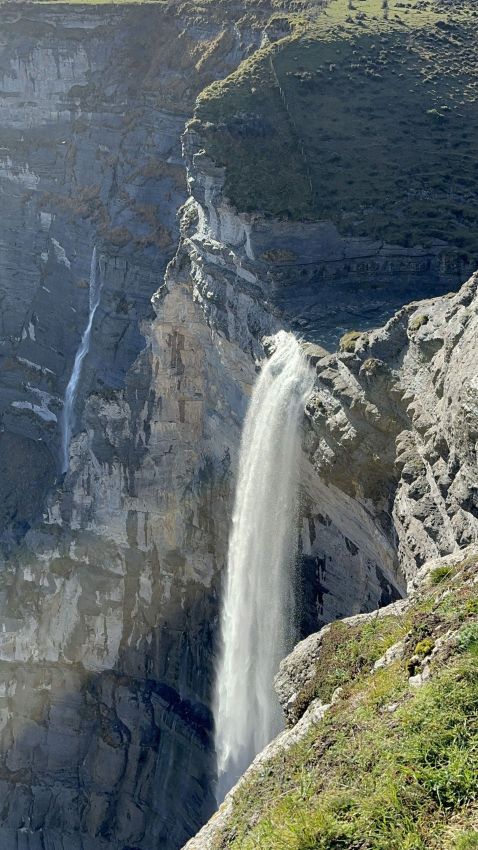
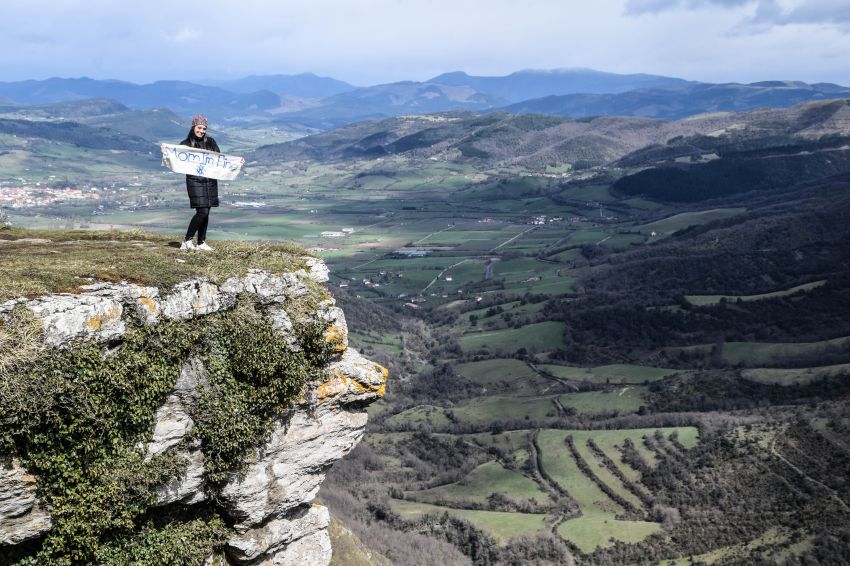
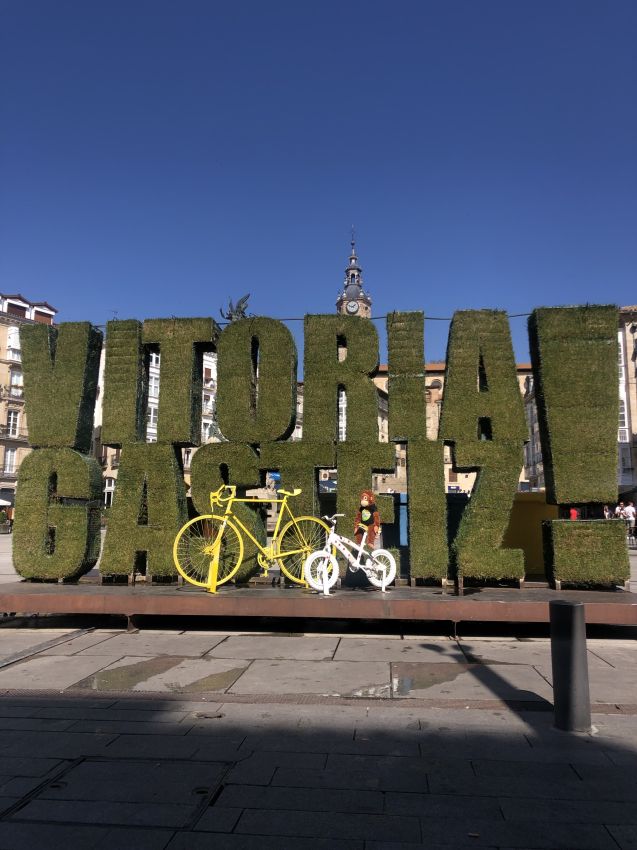
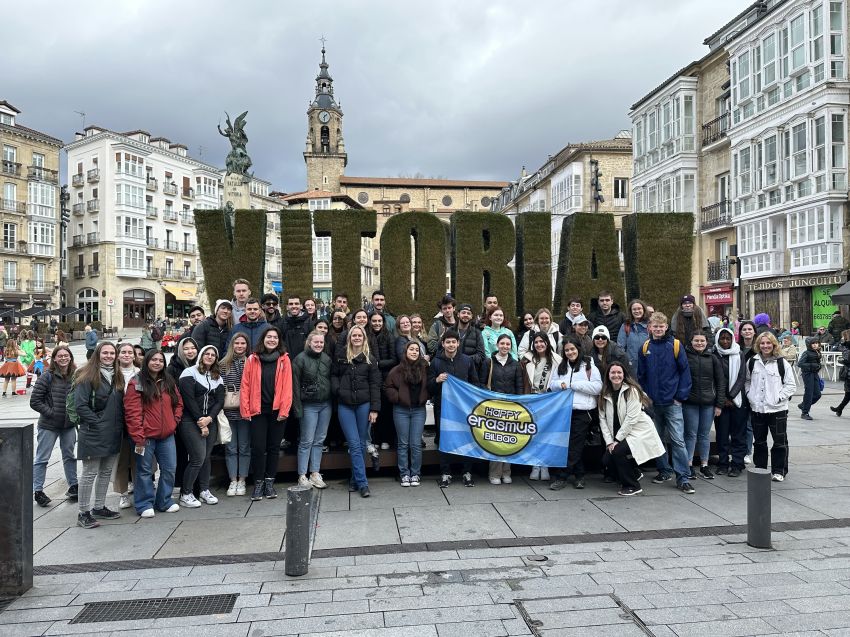
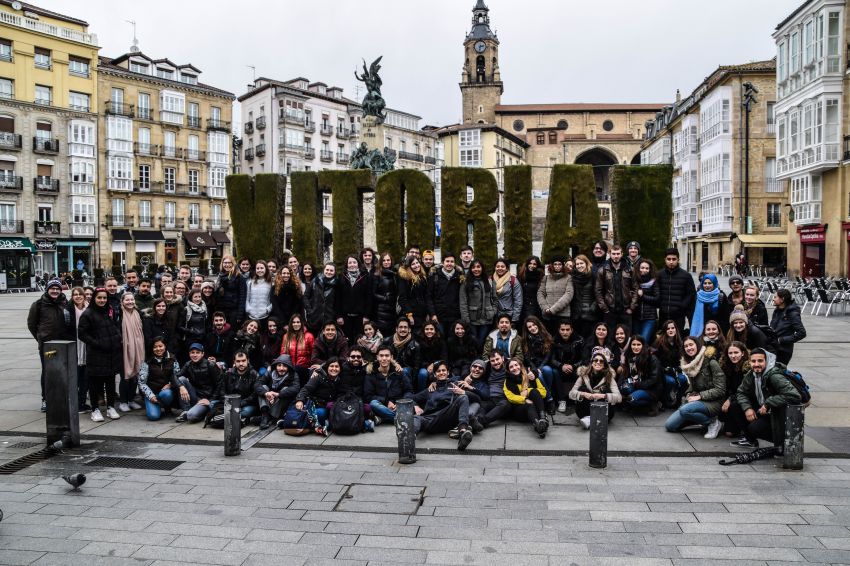
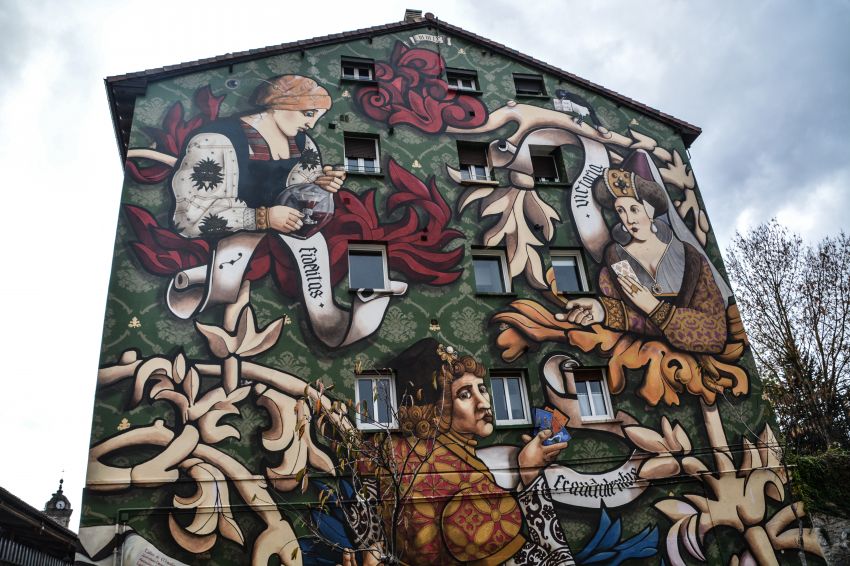
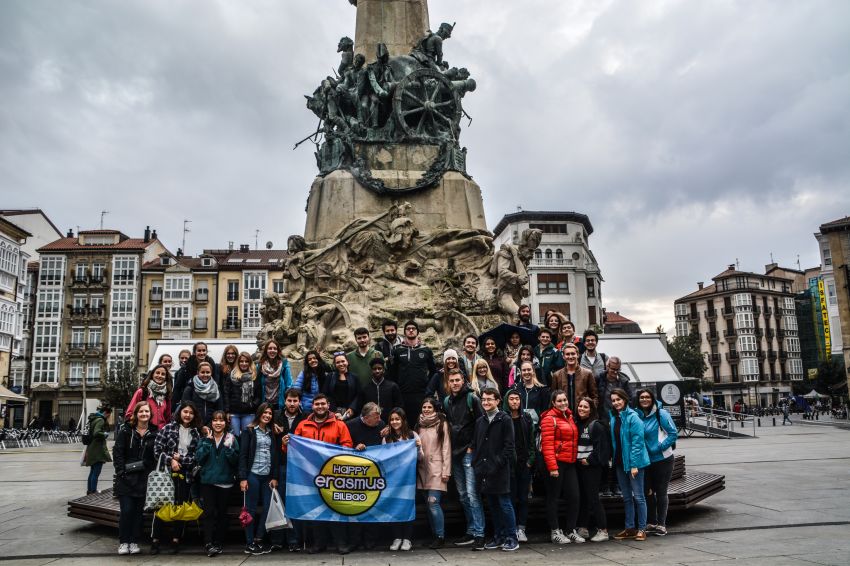







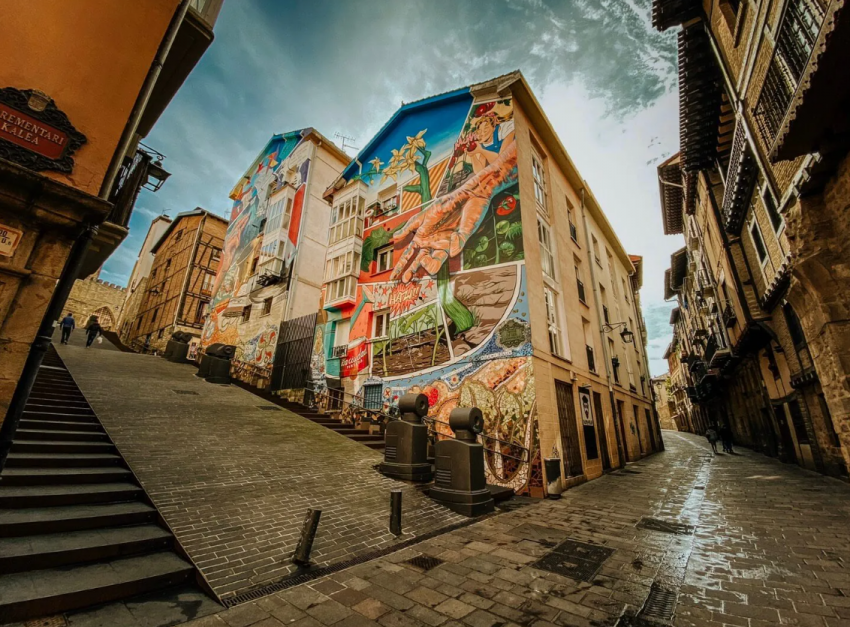
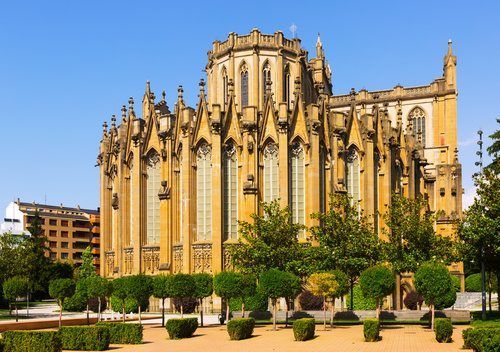
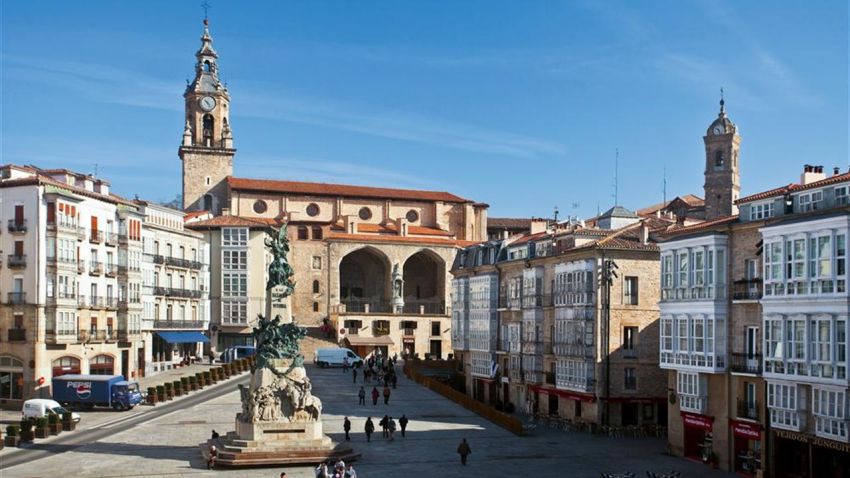
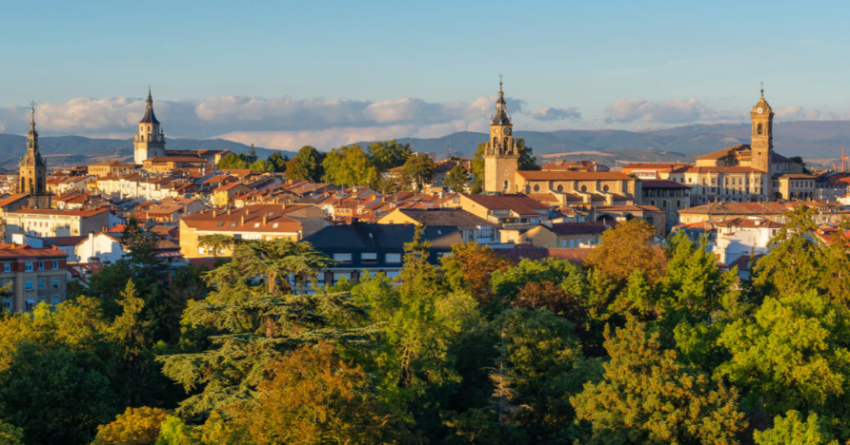




Find out more:
Cathedral of Santa Maria
The Cathedral of Santa Maria, popularly known as Old Cathedral, is a Gothic-style Catholic temple located in Vitoria. Since the summer of 2015 the temple has been on the list of UNESCO World Heritage monuments under the name Camino de Santiago: French Way and roads of Northern Spain. It is located at the highest part of the hill on which the primitive city was founded in 1181. This temple, according to stylistic and formal criteria, is discreet and its relevance is given by its complex construction.
The Fueros Square
It is a square of triangular shape located in the Ensanche of Vitoria. It was built in 1979 by the architect Luis Peña Ganchegui, in collaboration with Eduardo Chillida, Luis Carlos Roda, Roberto Fernández and Emilio Truchuelo. Situated next to the Casa de Correos in Vitoria, Plaza de los Fueros is mainly used during the celebrations of La Virgen Blanca (the white Virgin), which take place in August. The square is used during those days for many leisure activities, such as concerts.
Square of the Virgen Blanca
It is the largest meeting point in the city. Located in the old part of the city. It is located between Ensanche and the Casco Viejo. Surrounded by white houses in the center of the square we can find a monument in memory of the battle of Vitoria. In 2007 it underwent a major change that completely modernized the square.
Celedón
The festivities of the Virgen Blanca of Vitoria begin with the lively ceremony of the "Chupinazo" on August 4. Celedón, a symbolic character, stands atop a tower in the Plaza de la Virgen Blanca, signaling the start of the celebrations. When a rocket is fired, the crowd erupts in cheers, marking the official beginning. Music, dancing and the opening of champagne bottles mark the beginning of several days of cultural, sporting and religious activities throughout the city.
Wall of Vitoria
Vitoria, like many other cities, was a walled city. The wall was built during the Middle Ages. Nowadays, only half of the original wall remains and it was rebuilt at the beginning of the 21st century.
Machete Square
In the southern part of the Casco Viejo is a beautiful medieval corner. It owes its name to the machete that is kept in an urn in the apse of the Church of San Miguel.
Cultural festivals are held here several times a year. Under the machete is engraved in stone the oath that the Attorney General had to take before the mayor of Vitoria-Gasteiz.
The Thread of Time (Mural)
The title comes from the historical reality of the square, which in medieval times was a clothing market.
The wall measures more than 225 m2 and involved 13 volunteers: both artists and amateurs. After two weeks of intense sketching, it was painted in four weeks using automatic scaffolding donated by the Santa María Cathedral Foundation. The high quality gold acrylic paint was donated by the Sam and Adele Golden Foundation. The protective and anti-graffiti coating of the HLG system was donated and applied by Gratet.
SALTO DEL NERVIÓN
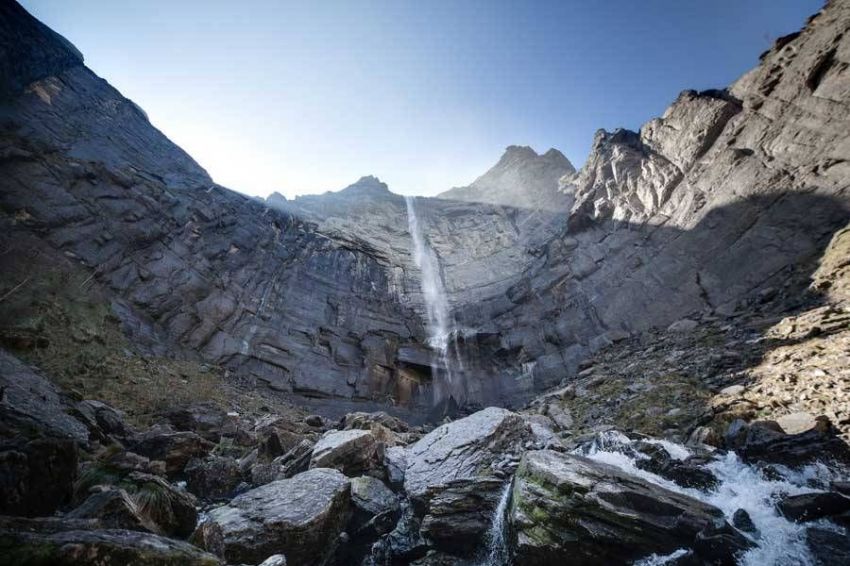
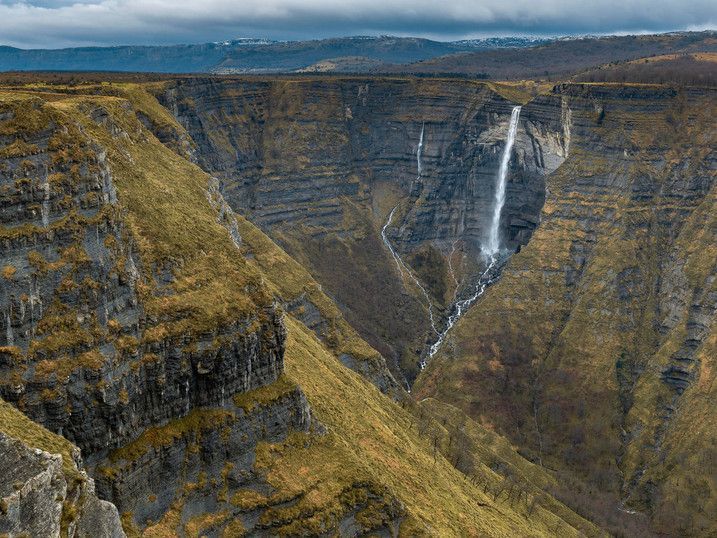
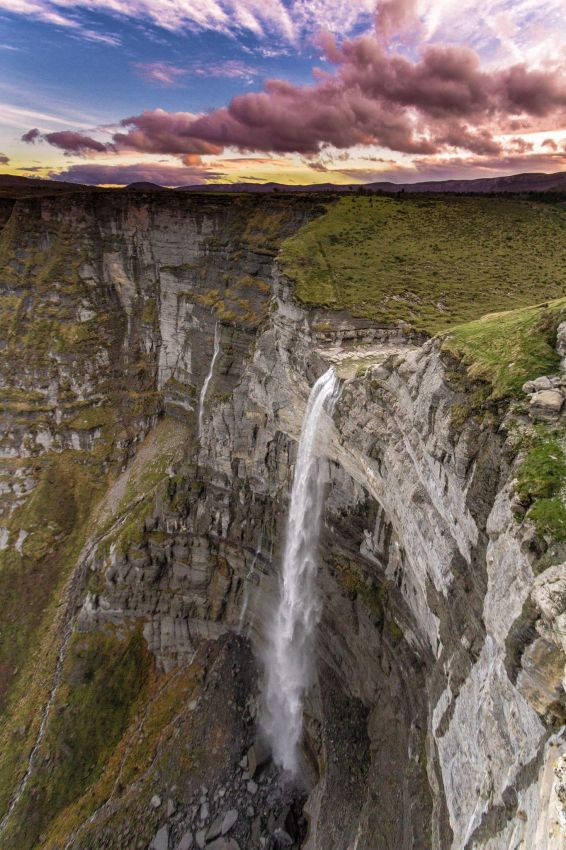
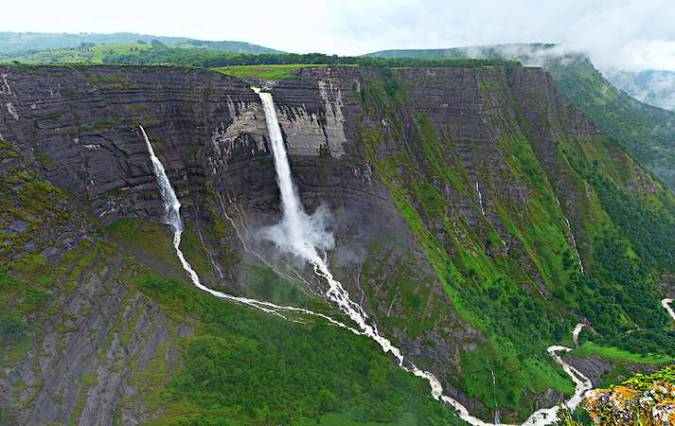




The Nervión River has its origin in the estuary of Bilbao. It is located between the provinces of Alava, Burgos and Bizkaia where the highest waterfall of the entire Iberian Peninsula is located, the Salto del Nervion. It has more than 300 meters of free fall in which the water diffuses until it hits the rock of the mountain.
The waterfall or Salto del Nervión is located in Alava, while the Monte Santiago Natural Monument is in Burgos.
PRICE
PRICE




